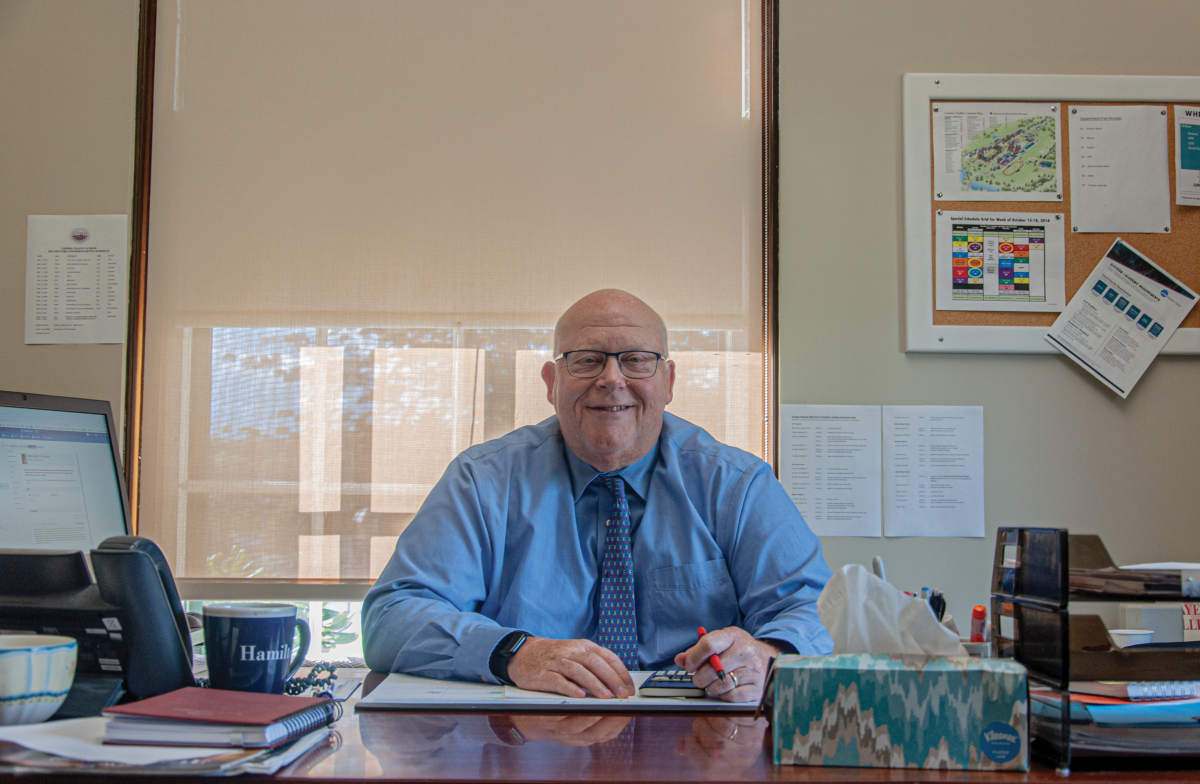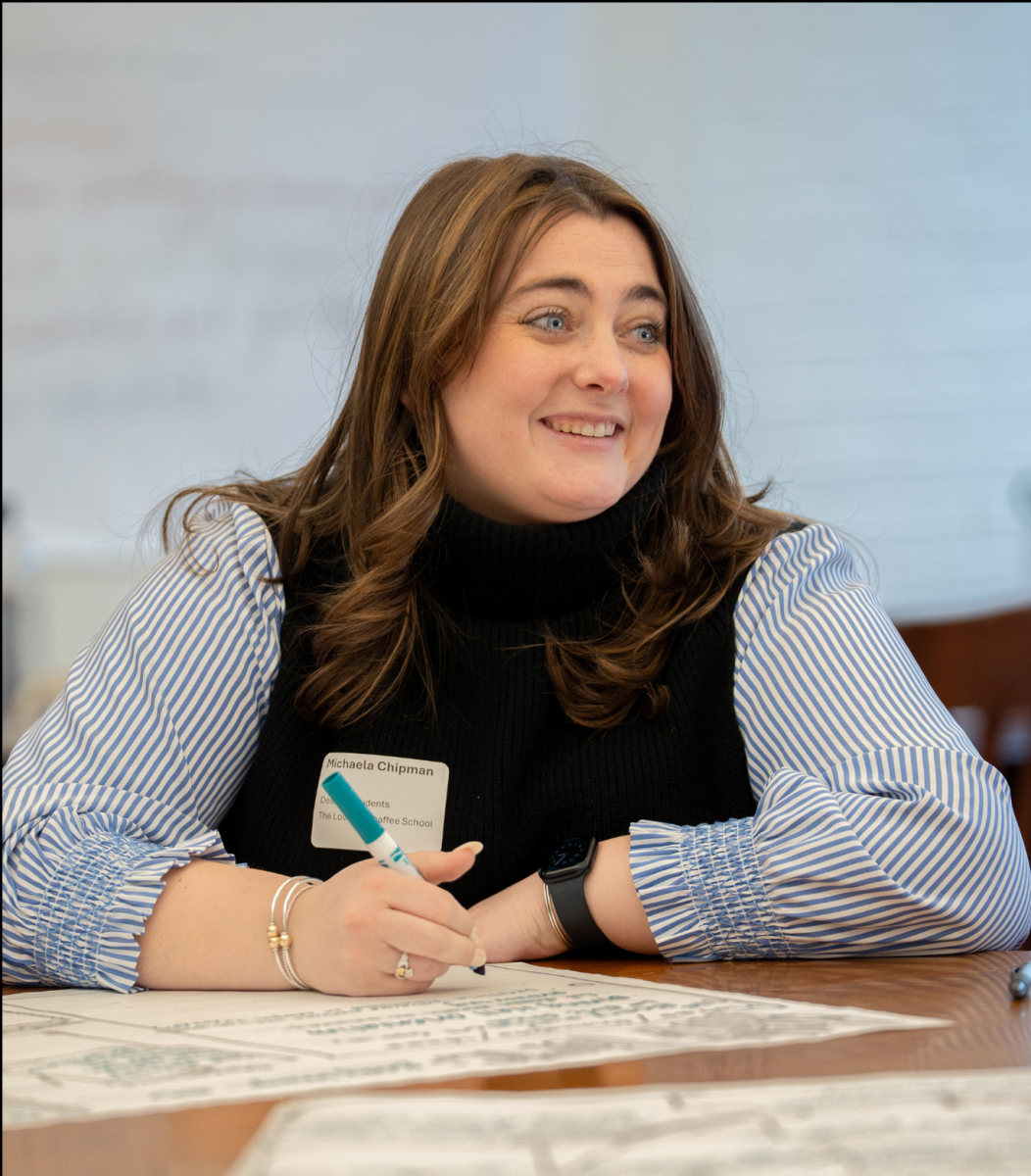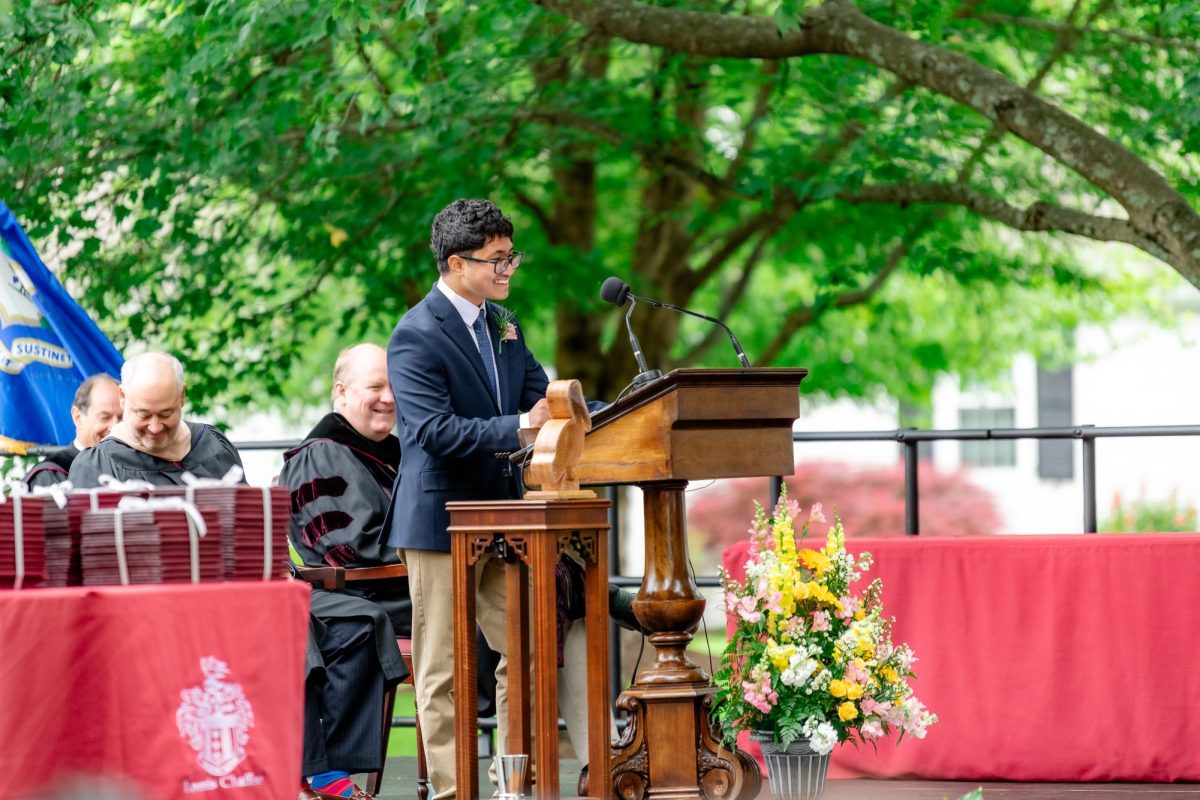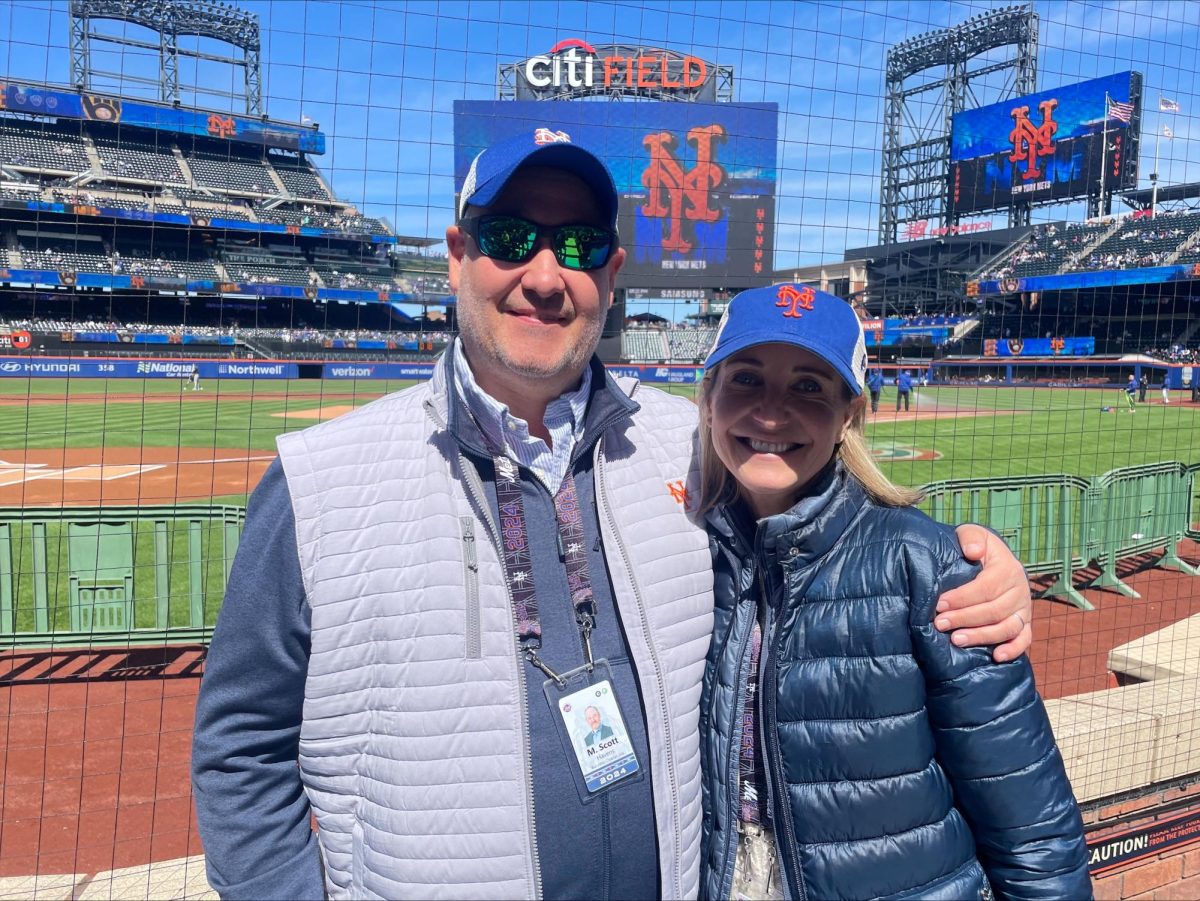Between rushing from classroom to classroom, managing hectic schedules, and somehow trying to have a social or family life in the few hours remaining, Loomis Chaffee students and faculty stay (to put it lightly) busy. Inevitably, the Academic Deans sometimes slip into the background of the community’s minds. But the behind-the-scenes nature of the deans’ work doesn’t at all diminish the amount of impact that it has on students and teachers alike.
“We plan for the winter and the spring, as far as all the big activities that happen between the calendar,” Robert DeConinck, the Associate Director of Studies said. “There’s a lot of work that we do in this office that doesn’t just involve schedules.”
Mr. DeConinck wears many hats at the Island, as he is also head coach of the girls’ swimming and diving teams and dorm head of Richmond Hall. In the Academic Office, he is responsible for overseeing the Prize Committee and the school calendar while also serving as Director of Studies for the Classes of 2024 and 2026.
The Prize Committee involves “voting with the faculty and meeting to determine the prize winners,” Mr. DeConinck said. “In June, the Calendar Committee meets a few times to come up with a calendar that makes sense and meets the needs of the school, as well as the needs of the students and various groups.”
Later, as fall term gives way to winter term, the Curriculum Committee hears proposals for new courses, which faculty can vote on at subsequent meetings.
“That’s how our curriculum constantly evolves,” Mr. DeConinck said. But his work extends beyond fall’s rush of activities. In fact, the various committees at Loomis operate year-round to give students the fullest possible school experience.
Students finalize their Advanced and College Level courses in late February, and as early as March, the Academic Office submits all requests for approval. Individual departments hold their own meetings to section classes accordingly.
“For instance, we would like to have 10 sections for Biology and 7 sections for regular Chemistry, ” Mr. DeConinck said. Once teachers have been assigned their respective sections, the master schedule describing all courses, blocks, and instructors can be prepared. Later, in May, the office shuffles the master schedule and any further accommodation requests to create first drafts of student schedules.
Mr. DeConinck is proud of the personalized care that he and his colleagues demonstrate. For instance, each Loomis student’s schedule receives a personalized review before it is submitted. “We sit down and go through each student [individually] to make sure that their schedules look good and their diploma requirements are being met,” Mr. DeConinck said.
Finally, during the last stages of scheduling, the Academic Office rebalances the sections to ensure each class has a similar number of students. “It’s a process,” Mr. DeConinck said. “There are a lot of choices that have to be made, and so often we have to follow up. It’s a process that we don’t try to rush.”
For all the responsibilities and obligations that come with his many roles, Mr. DeConinck still finds something to look forward to every day he comes to work.
“The students who come into this office are always respectful, always have an idea of what they want. They have a plan,” he said, “and that’s good. Mr. [Tim] Lawrence, myself and Ms. [Kate] Saxton, we’re here all the time to talk. And we’re here to provide the best academic experience for students at Loomis.”






